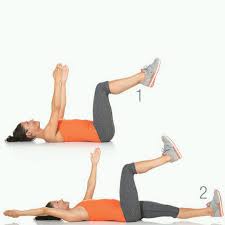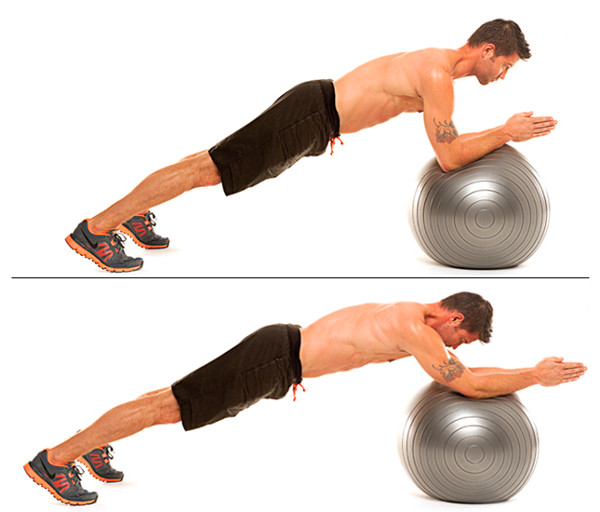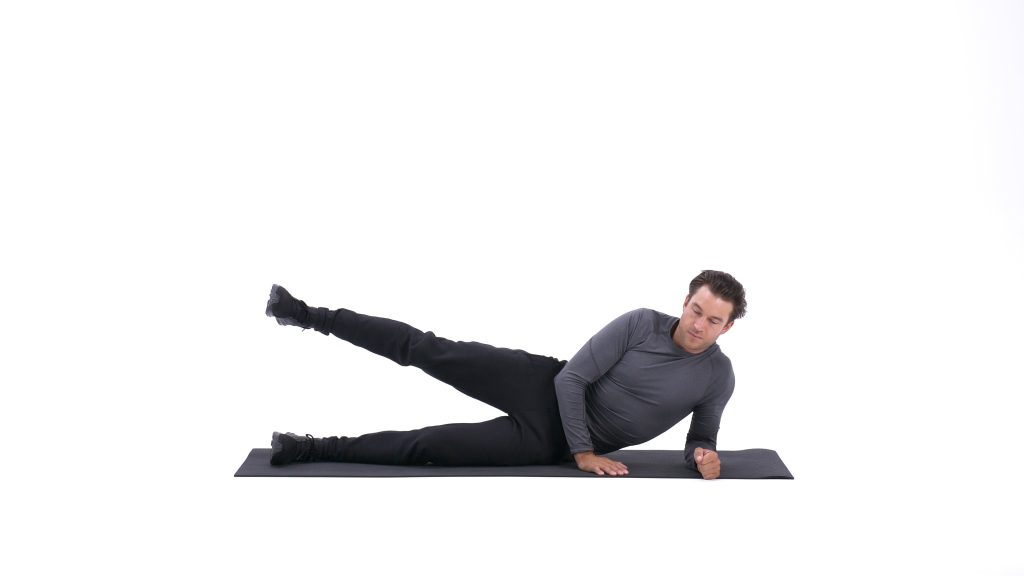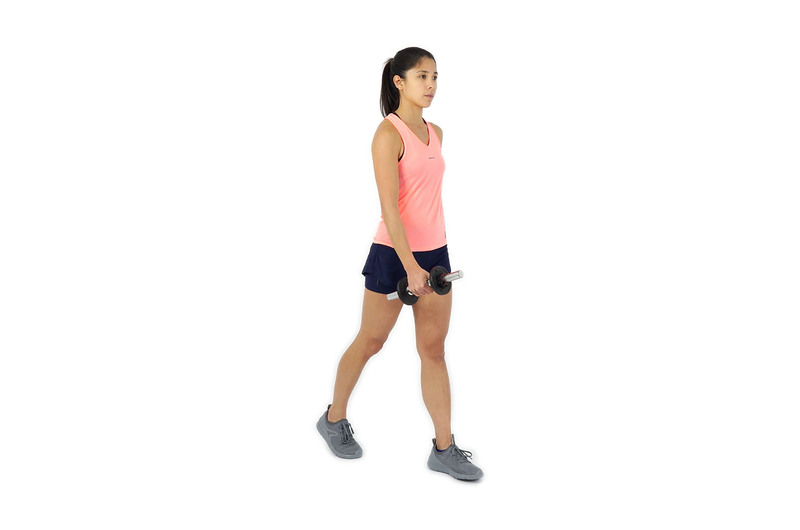Core Stabilization Exercises Besides Planks
Core stabilization is essential for overall strength, balance, and injury prevention. A strong core supports the spine and pelvis, helping maintain good posture and reducing the risk of injuries, particularly in the lower back, by improving stability and balance.
While planks are often an excellent go-to exercise for core stabilization, there are many other effective exercises that can help build a strong and stable core. In this article, we will explore some of the best core stabilization exercises that go beyond traditional planks.
Correct breathing and core stability are crucial to performing these exercises correctly. Follow these steps to activate your deep core muscles effectively:
- Find Your Neutral Spine – Stand or lie down with your back in a natural, relaxed position, avoiding excessive arching or flattening.
- Diaphragmatic Breathing – Inhale deeply into your lower ribs and belly, allowing them to expand without raising your shoulders.
- Engage the Transverse Abdominis – On an exhale, gently draw your belly button in (towards the spine) and slightly upward (under the ribs). Think of zipping up a tight pair of jeans, without sucking in or holding your breath.
- Activate the Pelvic Floor – Imagine stopping the flow of urine midstream; this helps recruit the pelvic floor muscles.
- Maintain Activation During Movement – Keep your core engaged while breathing normally throughout the exercise.

1. Dead Bug
The dead bug is a fantastic core stabilization exercise that improves coordination, enhances core endurance, and strengthens deep core muscles.
How to Perform:
- Lie on your back with your arms extended toward the ceiling and your knees bent at 90 degrees.
- Slowly lower your right arm and left leg toward the floor while keeping your lower back pressed against the ground.
- Return to the starting position and repeat with the opposite arm and leg.
- Perform 10-15 repetitions per side.
Benefits:
- Engages deep core muscles (transverse abdominis and obliques).
- Enhances spinal stability.
- Reduces lower back strain.

2. Bird Dog
The bird dog is an excellent exercise for improving core stability, balance, and posture.
How to Perform:
- Begin in an all-fours position with your wrists aligned under your shoulders and knees under your hips.
- Extend your right arm forward and your left leg backward simultaneously. Avoid tilting to the side.
- Hold for a second, then return to the starting position.
- Repeat on the opposite side.
- Perform 10-12 repetitions per side.
Benefits:
- Strengthens the lower back and abdominal muscles.
- Improves coordination and balance.
- Encourages proper spinal alignment.
3. Pallof Press
The Pallof press is a resistance-based exercise that improves core stability and prevents excessive rotation of the torso.
How to Perform:
- Attach a resistance band to a stable object at chest height.
- Stand in a slightly squatted position (athletic stance) perpendicular to the band.
- Hold the band with both hands at the center of your chest.
- Press the band straight out in front of you, resisting the pull of the band.
- Hold for a few seconds, then return to the starting position.
- Perform 10-15 repetitions per side.
Benefits:
- Enhances anti-rotational strength.
- Engages deep core muscles.
- Improves functional stability.

4. Stability Ball Rollout
Stability ball rollouts are effective core stabilization exercises which help to improve endurance and control.
How to Perform:
- Kneel on the floor with your hands on a stability ball.
- Slowly roll the ball forward, extending your body while keeping your core engaged. Only go as far out as you’re able to in a controlled manner.
- Roll back to the starting position using your core muscles.
- Perform 10-12 repetitions.
Benefits:
- Strengthens the rectus abdominis and obliques.
- Improves balance and control.
- Engages stabilizer muscles in the shoulders and lower back.

5. Side-Lying Leg Raises
This exercise is excellent for engaging the obliques and hip stabilizers.
How to Perform:
- Lie on your side with your legs stacked on top of each other.
- Lift your top leg while keeping your core engaged.
- Lower it back down with control.
- Perform 12-15 repetitions per side.
Benefits:
- Strengthens the obliques and hip abductors.
- Enhances lateral core stability.
- Helps prevent lower back pain.

6. Suitcase Carry
The suitcase carry is a functional core exercise that enhances stability and strength.
How to Perform:
- Hold a heavy dumbbell or kettlebell in one hand.
- Walk a short distance while keeping your torso upright.
- Switch hands and repeat.
- Perform for 30-60 seconds per side.
Benefits:
- Enhances anti-lateral flexion strength.
- Improves grip and posture.
- Engages deep core stabilizers.
7. Standing Anti-Rotation Hold
This is another great anti-rotational core exercise that strengthens stability under tension.
How to Perform:
- Attach a resistance band to a stable object.
- Hold the band in front of you at chest level with both hands while resisting the pull.
- Hold for 15-30 seconds, then switch sides.
Benefits:
- Strengthens deep core muscles.
- Enhances anti-rotational control.
- Improves posture and spinal stability.
Conclusion
Core stabilization is critical for movement efficiency, injury prevention, and physical performance. While planks are effective, diversifying your core workouts with exercises like the dead bug, bird dog, Pallof press, and suitcase carry can improve overall core function and strength. Including these exercises in your routine will help develop a resilient core that supports your body through daily activities and high-performance sports. Simple movements such as bending, lifting, and reaching become easier and safer with a strong core. Try incorporating a variety of these movements into your workouts to maximize core engagement and overall stability.
If you would like add’l information about these exercises or want to work on your own core stability, drop us a message here or call us @ 201-773-8851.

